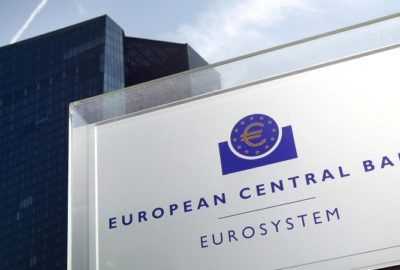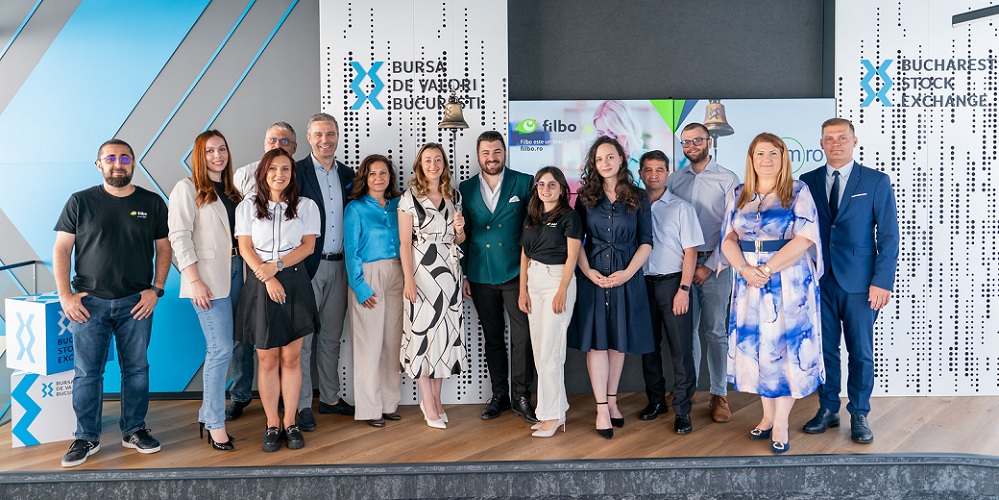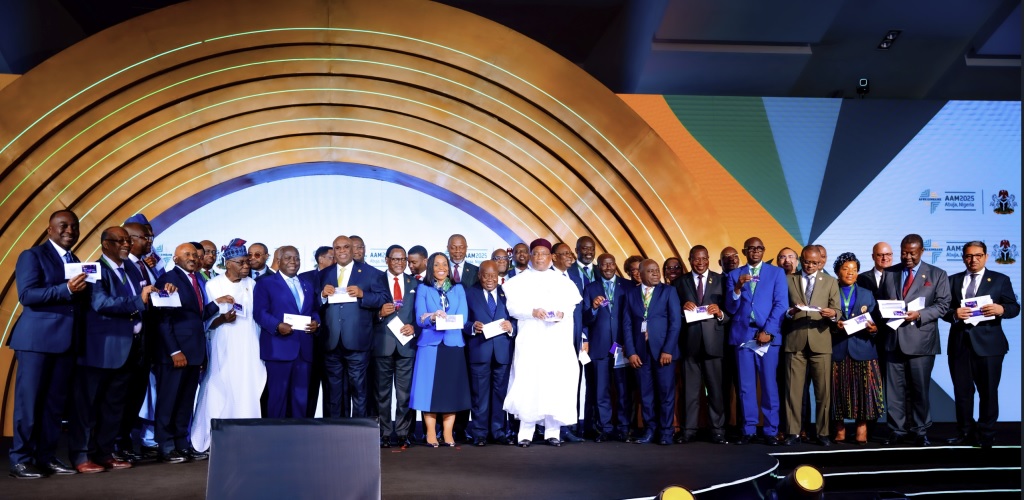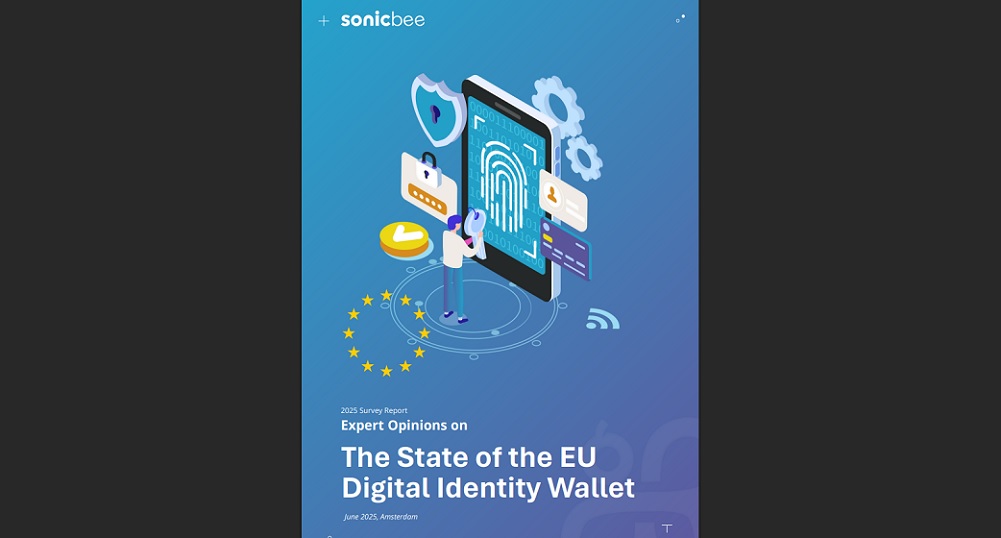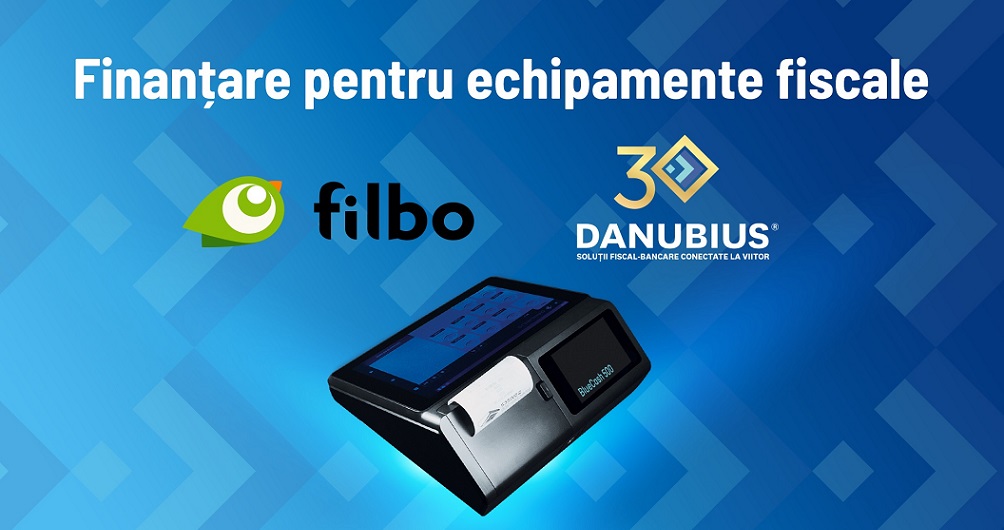The global leader in shipping services acquires an US ecommerce fulfillment and parcel delivery company (for USD 838m) and plans to buy a similar company in Europe
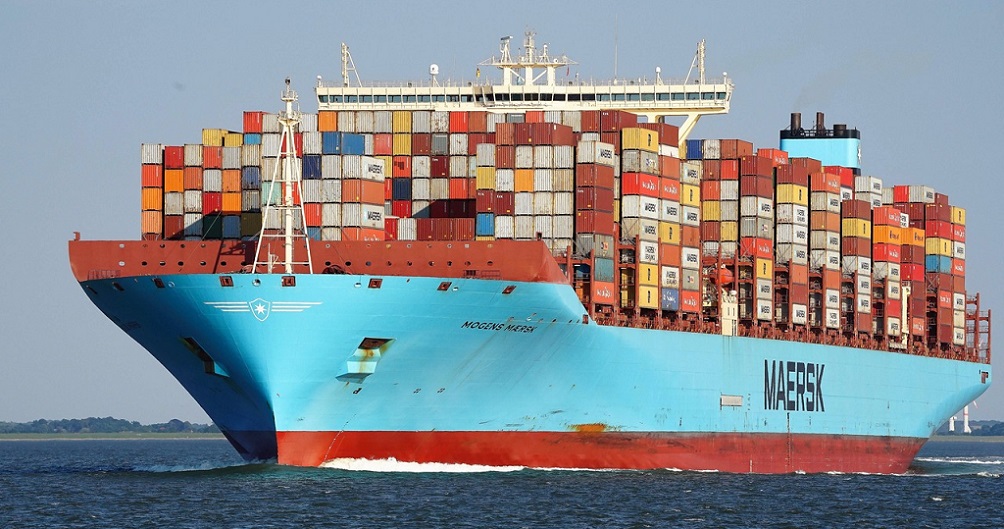
By acquiring Visible Supply Chain Management – a U.S. based leading B2C/E-Commerce Logistics and parcel delivery company, A.P. Moller – Maersk further expands its offering across the entire supply chain.
„Maersk customers can now increase speed and service coverage in their supply chains to keep pace with the E-Commerce trajectory of U.S. consumers for faster deliveries to residences at a lower cost,” according to the press release.
„We have set out to build strong E-Commerce Logistics capabilities that complement our existing end-to-end supply chain offering. Visible SCM’s operating model and value proposition will strengthen our customers’ E-commerce Logistics, enabling them to sell through any sales channel, deliver in any way and manage their supply chains seamlessly. While our customers trust us with a wide part of their supply chain, this acquisition will contribute to an even better end-to-end experience by providing more key E-commerce capabilities. The new supply chain architecture allows more of our small and medium-sized customers to tap into the growth driven by the increased online consumer shopping.” – Vincent Clerc, CEO of Maersk Ocean & Logistics.
FACTS
Salt Lake City, Utah- based Visible SCM operates nine fulfillment centers in the U.S. which complements Maersk’s current warehouse presence in North America.
Visible SCM handles 200,000 orders a day and 200 million packages a year with 99.8 pct. order accuracy and reaches 75 pct. of the U.S. geography within 24 hours and 95 pct. of the U.S. geography within 48 hours. This nationwide network of multi-client E-Commerce Fulfillment centers combined with their distributed order management system enables Visible SCM customers to tap into a network solution versus reliance on a single location Fulfillment option. This option creates superior consumer service levels by shortening the distance orders travel thereby compressing time in transit and reducing final mile delivery cost.
The definitive transaction agreements were signed on 28 June. All regulatory approvals and closing conditions have since been obtained and/or satisfied and the parties successfully closed the transaction on 2 August. The enterprise value of the transaction is USD 838m post IFRS 16 corresponding to EV/EBITDA multiple of 13x reflecting the strong growth outlook and synergies. Based on 2021-forecast the revenue is estimated to around USD 550m and with a post-IFRS 16 EBITDA of around USD 65m, reflecting a margin of 11.8 pct.
Also announced today was the intention to acquire B2C Europe Holding B.V. (B2C Europe) a business-to-consumer logistics company focused on B2C parcel delivery services in Europe and based in The Netherlands. B2C Europe’s core offering is in parcel delivery services for both retailers and brands as well as for logistics operators, with a focus on cross-border deliveries. The acquisition of B2C Europe will enable Maersk to offer Europe-wide last mile rates to customers through one simplified interface and the convenience of full control and visibility on all parcel deliveries. The transaction is subject to closing conditions including regulatory approvals and is expected to close in Q4 2021.
Dariusz Mazurkiewicz – CEO at BLIK Polish Payment Standard
Banking 4.0 – „how was the experience for you”
„To be honest I think that Sinaia, your conference, is much better then Davos.”
Many more interesting quotes in the video below:
